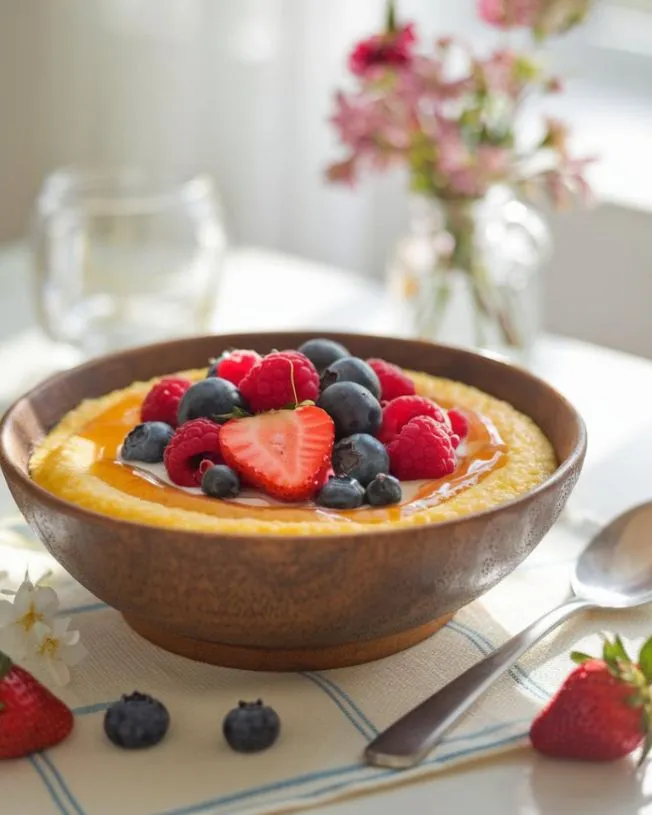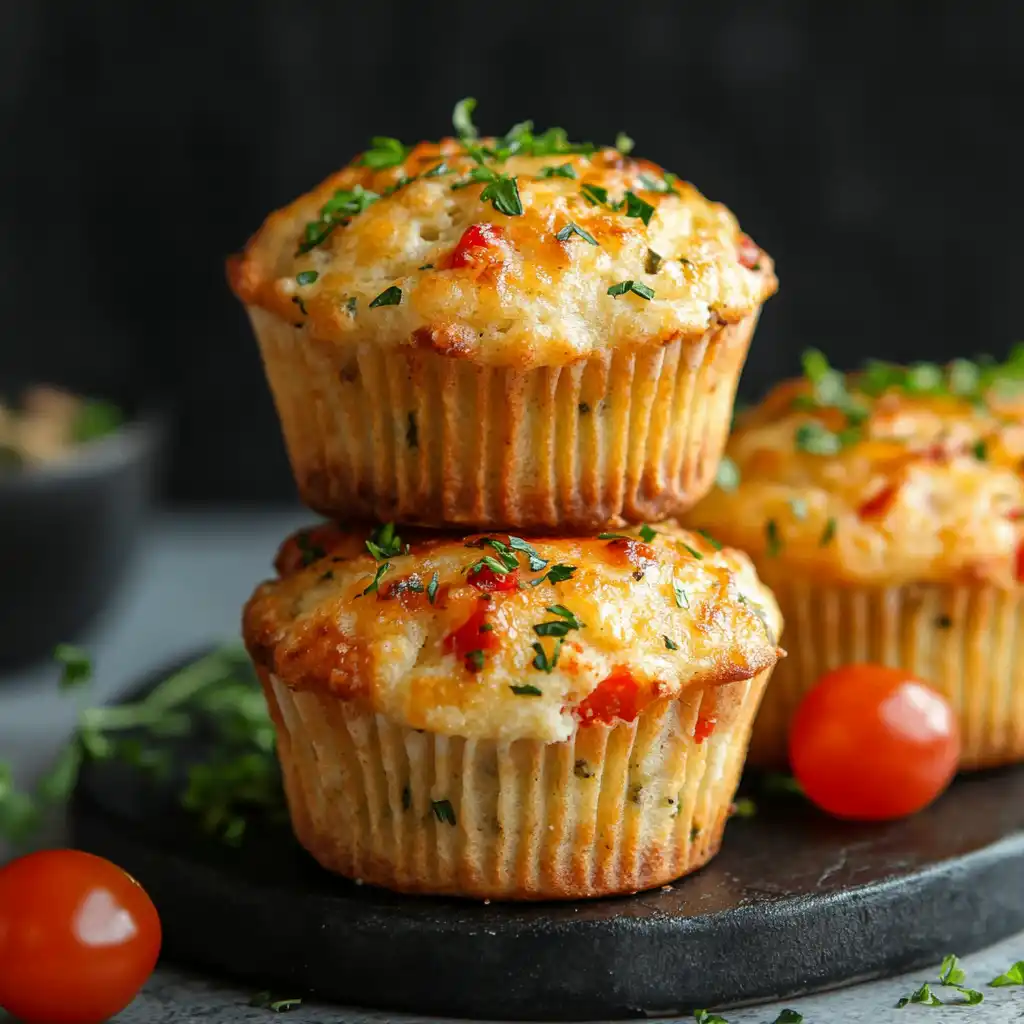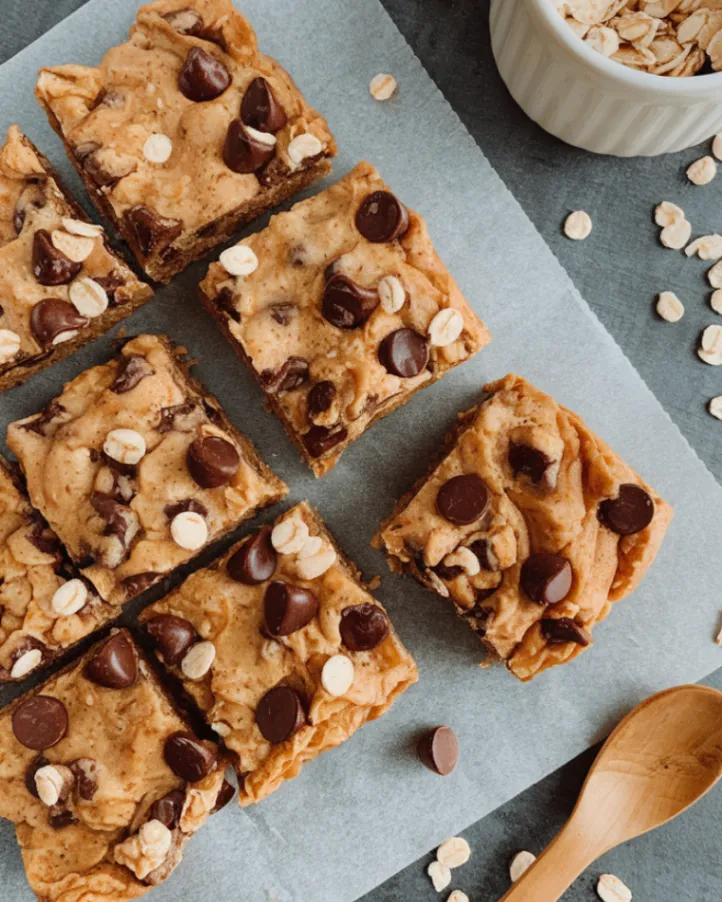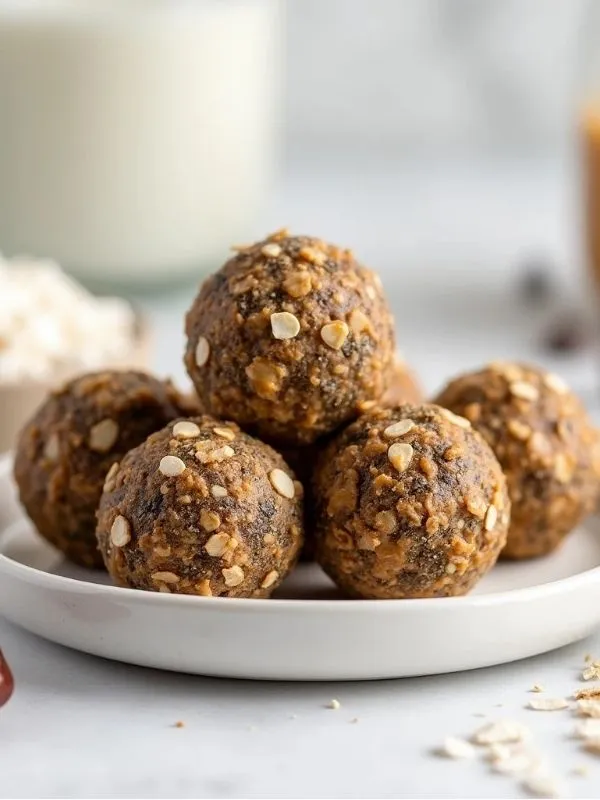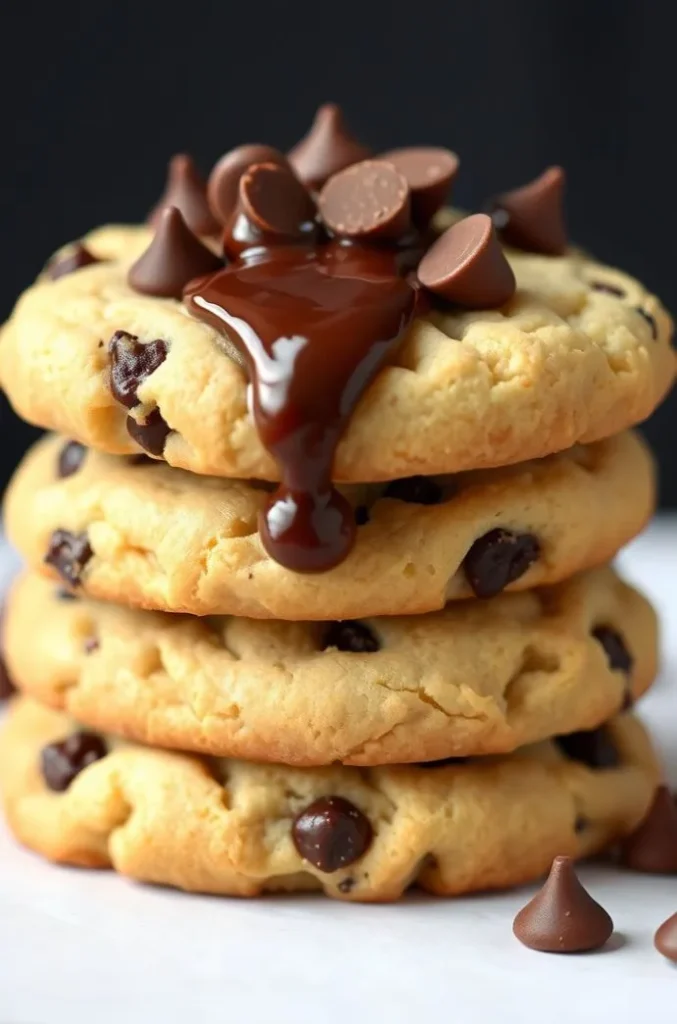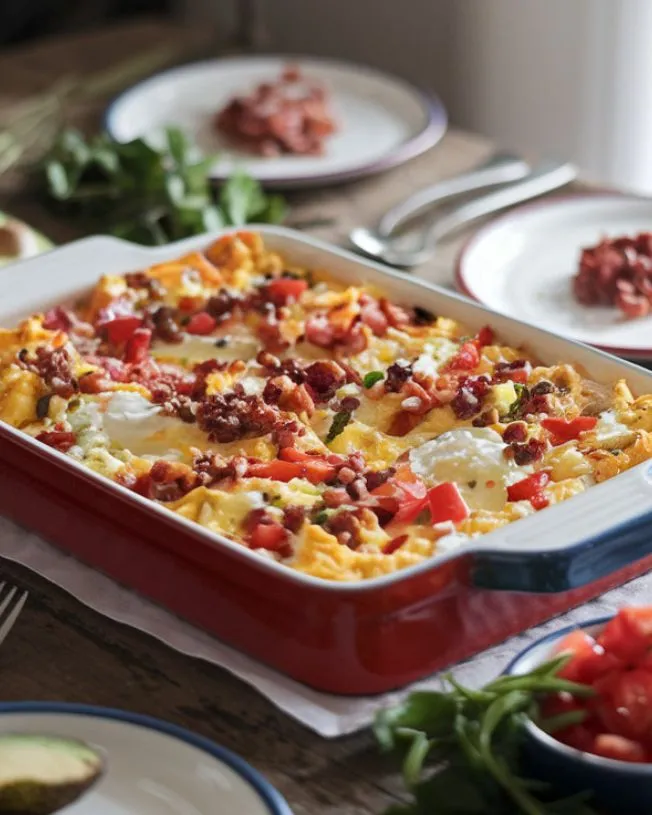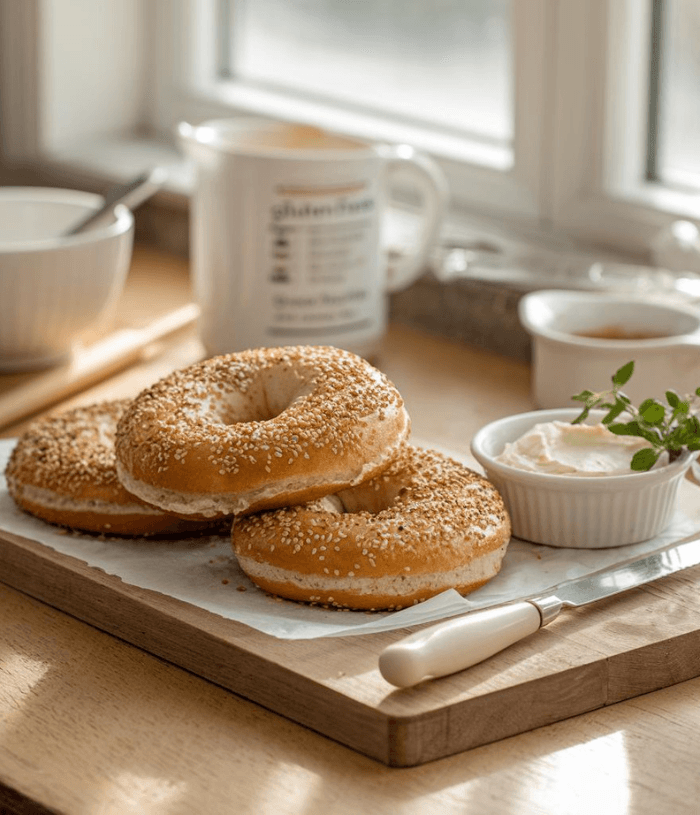Polenta is a staple in Italian and Mediterranean cuisine, but if you’re gluten-sensitive or have celiac disease, you might be wondering: is polenta gluten-free? The short answer is yes! Traditional polenta is made from ground cornmeal, which is naturally free of gluten. In this article, we’ll explore what polenta is, why it’s a safe and versatile option for gluten-free diets, and how you can enjoy it in a variety of recipes. Let’s dive into the details of this gluten-free gem and learn how to make the most of it in your kitchen.
Table of Contents
ToggleWhat Is Polenta?
Polenta is essentially a dish made from coarsely ground cornmeal, cooked slowly with water or broth until it becomes thick and creamy. It’s a centuries-old dish, often enjoyed as a side or base for flavorful toppings, such as vegetables, sauces, meats, or cheese. Originating in Northern Italy, polenta has become a popular dish worldwide, appreciated for its mild taste and satisfying texture. Its versatility makes it an excellent substitute for grains that contain gluten, such as wheat, barley, or rye.
Why You’ll Love This Recipe
Polenta’s appeal goes beyond its gluten-free nature. It’s a simple, hearty dish that can be enjoyed in countless ways and easily customized. For those following a gluten-free diet, polenta is a fantastic option to expand your meal choices without compromising on flavor or texture. Whether it’s creamy, baked, or grilled, polenta can be the star of the show or a delicious supporting side. Here are some reasons why polenta is worth adding to your diet:
- Gluten-Free and Naturally Safe: Polenta’s main ingredient, corn, is naturally gluten-free. This makes it a safe choice for people with gluten intolerance, celiac disease, or gluten sensitivity.
- Versatile and Easy to Prepare: Polenta can be served in a variety of forms—from creamy and soft to firm and grilled. It works well with both savory and sweet flavors, meaning you can enjoy it with various toppings or ingredients.
- Nutrient-Dense: Cornmeal is rich in fiber, vitamins, and minerals. Polenta provides a satisfying, nutrient-packed base for your meals, contributing to a balanced diet.
- Budget-Friendly: Cornmeal is an inexpensive ingredient, making polenta a cost-effective option for those looking to eat healthily on a budget.
Is Polenta Gluten-Free?
The key to understanding whether polenta is gluten-free lies in its main ingredient: cornmeal. Corn itself is a gluten-free grain, so products derived from corn are usually gluten-free. However, if you’re strictly avoiding gluten, it’s essential to ensure that the polenta you buy is certified gluten-free. This is because some cornmeal products can be processed in facilities that also handle wheat, rye, or barley, potentially leading to cross-contamination.
Tips for Buying Gluten-Free Polenta
- Check for Certification: Look for packages labeled “gluten-free,” as this indicates that the product meets safety standards for gluten-sensitive individuals.
- Avoid Premixed or Flavored Polenta: Some pre-flavored or instant polenta products may contain gluten or additives, so it’s always best to read the ingredient list.
- Choose Organic or Natural Varieties: Organic and non-GMO cornmeal options are widely available and can be a healthier choice, as they’re less likely to contain additives or preservatives.
Health Benefits of Polenta
Polenta is not only gluten-free but also packed with essential nutrients. A serving of polenta can be a great source of carbohydrates, fiber, vitamins, and minerals. Here’s a quick look at the nutritional benefits:
- Complex Carbohydrates: Polenta is a great source of energy, especially for those with active lifestyles.
- Dietary Fiber: Fiber is essential for digestive health and can help maintain stable blood sugar levels.
- Essential Vitamins: Polenta contains vitamin A, essential for eye health, and vitamin B6, which supports brain function.
- Iron and Magnesium: These minerals contribute to energy production and muscle function.
Nutrition Information (Per Serving)
A standard serving of cooked polenta (1 cup) contains:
- Calories: 80-100 calories
- Carbohydrates: 15-20g
- Protein: 2g
- Fiber: 2g
- Fat: Less than 1g
Note: These values are approximate and may vary depending on how you prepare the polenta and any added ingredients.
Ingredients for Basic Polenta
- 1 cup of coarse cornmeal (preferably labeled gluten-free)
- 4 cups of water or vegetable broth (for added flavor)
- 1 teaspoon of salt
- 2 tablespoons of olive oil or butter (optional, for extra creaminess)
Cooking Instructions
- Boil the Water: In a medium-sized pot, bring the water or broth to a boil. Add salt to taste.
- Add the Cornmeal Slowly: Gradually pour in the cornmeal, stirring constantly to prevent lumps from forming.
- Cook Over Low Heat: Reduce the heat and let the polenta simmer, stirring occasionally. Cook for about 30-45 minutes, or until it reaches your desired thickness.
- Add Butter or Oil (optional): For a creamier texture, stir in olive oil or butter before serving.
How to Enjoy Polenta
Polenta can be enjoyed in various ways, depending on your preferences and dietary needs. Here are some creative ideas to get you started:
- Creamy Polenta: Serve warm with sautéed mushrooms, roasted vegetables, or marinara sauce for a comforting meal.
- Grilled Polenta: Once the polenta has set, slice it into squares and grill until crispy. Top with pesto, cheese, or fresh herbs.
- Baked Polenta Fries: Cut set polenta into strips, coat lightly in oil, and bake until crispy for a healthy alternative to fries.
- Polenta Pizza Base: Spread cooked polenta onto a baking sheet and let it set. Top with your favorite pizza toppings and bake until bubbly.
Frequently Asked Questions
Q: Can I use instant polenta for a quicker meal?
A: Yes, instant polenta is a convenient option, but keep in mind that it may have a different texture and may include additives. Be sure to check the label for gluten-free certification.
Q: Can I make polenta dairy-free?
A: Absolutely! You can skip butter or use plant-based alternatives, such as olive oil or coconut oil, to make polenta completely dairy-free.
Q: How should I store leftover polenta?
A: Store leftovers in an airtight container in the refrigerator for up to five days. Reheat on the stovetop with a splash of water or broth to restore its creamy consistency.
Final Thoughts
Polenta is a fantastic gluten-free alternative that offers both nutrition and versatility. Its naturally gluten-free status makes it a safe choice for those with gluten sensitivities, and it’s easy to adapt to various flavors and cooking methods. From creamy comfort food to crispy appetizers, polenta opens up a world of delicious possibilities for your gluten-free meals. So, if you’re searching for a budget-friendly, nutritious, and satisfying addition to your diet, give polenta a try!

